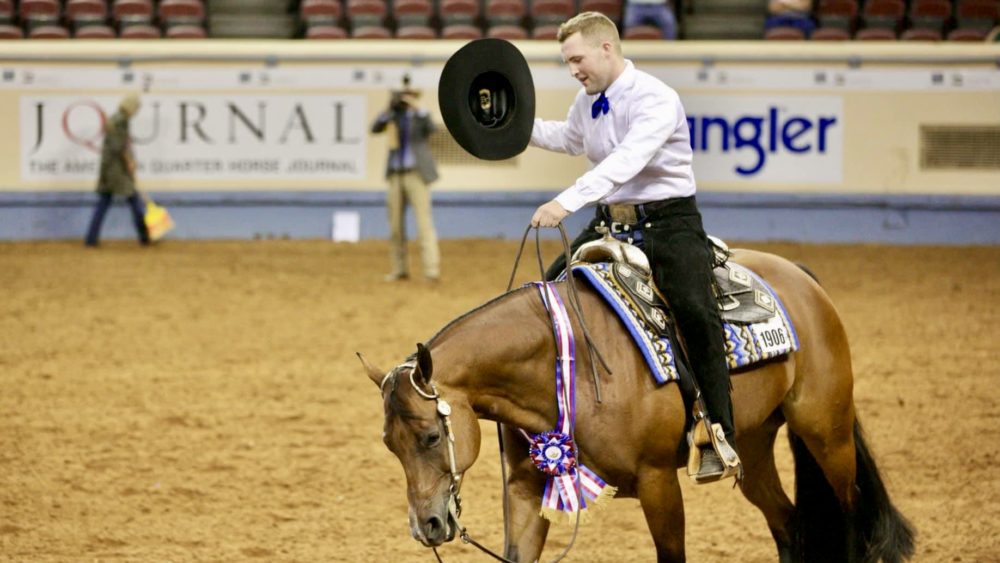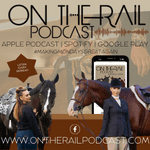Take a moment to look back over your riding career and think about the number of perfect rides you have performed. It is safe to say that the number of flawless rounds is greatly overshadowed by rides that require you, as a rider, to divert from plan A to plan B or C.
While plan B or C can still deliver the win, your ability to change course determines how smoothly the deviation from your original plan appears to the judges. The most effective exhibitors can ride the horse they have at that instant in the arena, and make it look like their pattern was executed impeccably.
We sat down with multiple World Champion coaches Brad Jewett and Ryan Cottingim to get their words of wisdom on the importance of developing the skills necessary to be a more effective rider.
Both expressed strong convictions that an effective seat is crucial to a rider’s long-term success. “Whether it’s time for a rider to move onto their next horse, get a young horse, or go ride at the collegiate level, it’s so much easier for a rider to progress to that next level if they have an effective seat,” Cottingim explained.
Let’s dive into becoming a more effective rider and what you can do to ride with this in mind.
Why is being Effective so Important?
A rider’s seat is in constant communication with their horse. Both consciously and subconsciously, riders are telling their horses to go faster, slow down, steer left or go right. Developing an effective seat helps enhance the line of communication between the horse and rider.
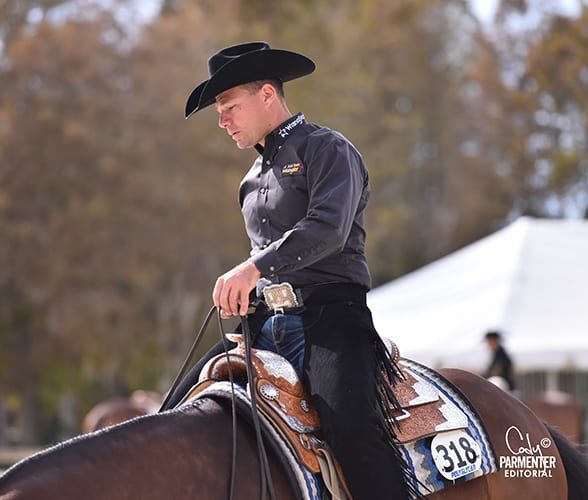 Cottingim explained the connection about an effective seat by stating, “I think the word ‘connection’ gets thrown around a lot without riders fully understanding what that means. We believe that connection starts fundamentally with their seat as a rider. They were being in time with their horse and being connected through their seat bones. We don’t prop them up to look pretty. Pretty is developed through them being an effective rider.”
Cottingim explained the connection about an effective seat by stating, “I think the word ‘connection’ gets thrown around a lot without riders fully understanding what that means. We believe that connection starts fundamentally with their seat as a rider. They were being in time with their horse and being connected through their seat bones. We don’t prop them up to look pretty. Pretty is developed through them being an effective rider.”
Jewett broke it down further by stating, “A horse needs guidance. Guidance can be as simple as keeping the same timing every stride. How will a horse know where you want them to be cadence-wise without an effective seat? Without an effective seat, things will fall apart rapidly.”
Riders can have a perfect mental plan of how their pattern will flow, but unless they have taken the time to dial in their seat, the horse may not understand what the rider is asking of them.
Cottingim describes what he has experienced that has led him to take the time to develop the seat on his non-pro riders. “Often, communication is undermined in terms of the horse’s response to the rider because the rider may not be cognitive that their seat may be communicating differently than their mind is.” Taking the time to enhance your seat is worth every second.
How to be a More Effective Rider
Whether you are just starting out or well into your riding career, possessing an effective seat is attainable. Through guidance and repetition, you can learn to feel what your horse is doing underneath you and then affect it with your body cues.
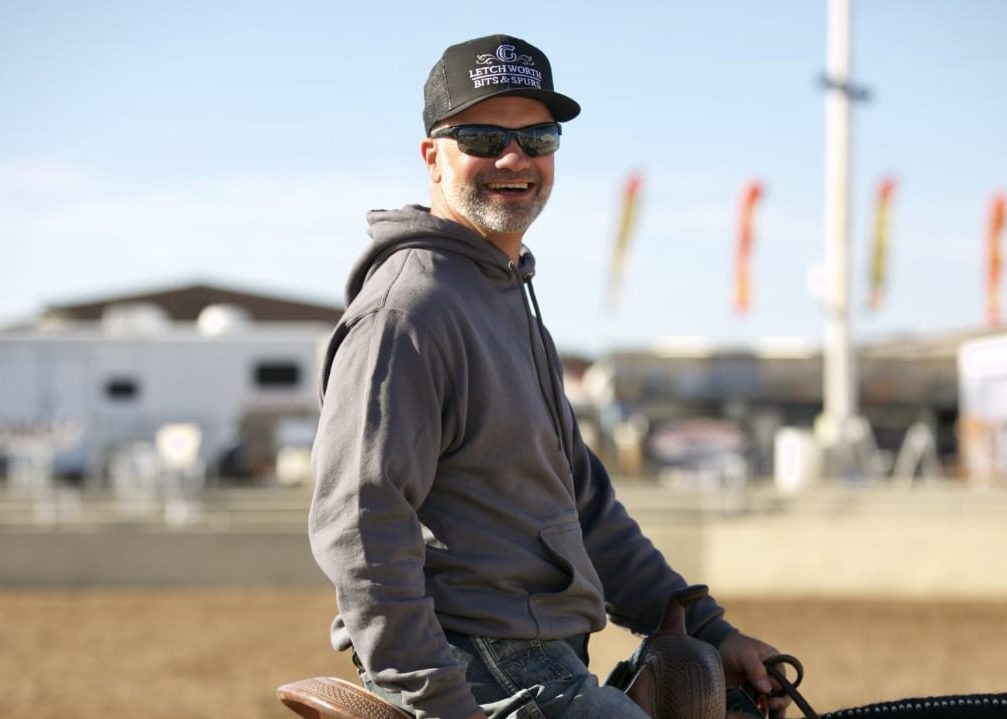
Both Jewett and Cottingim agree that when we say the word “seat,” it encompasses your actual seat, leg, feet, and overall connection with your horse.
Brad shared, “You must learn to use your legs and feet to establish that great, effective seat. I think they correlate. Usually, a great leg will give you a pretty seat. Not the other way around.” Proper function of your legs and seat comes from hours of practice.
Having a coach you respect while guiding you through this process can be pivotal. Most trainers take this role seriously as their focus is on creating an excellent non-pro rider. “Once a rider has a cognitive understanding of being in time with their horse, we, as trainers, must point out whether it is physically transpiring,” shared Ryan. “We develop muscle memory over years and years of riding. Practice doesn’t make perfect. Practice makes permanent.”
When going for a lesson, ask your trainer to point out when you are communicating effectively with your horse. This will help you to understand the feel of that communication and begin to do it on your own.
Benefits of an Effective Seat
Being an effective rider will dramatically improve your overall communication with your horse and make it a much more enjoyable experience for all parties involved. One of the side benefits is seeing more significant results in the show pen.
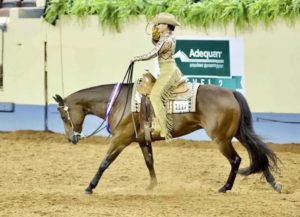 After spending countless hours putting this seat and feel to memory, the best feeling happens when you walk into the show pen and your body seemingly goes into autopilot, allowing you to guide your horse effortlessly. You will be able to adjust where needed, without causing undue attention.
After spending countless hours putting this seat and feel to memory, the best feeling happens when you walk into the show pen and your body seemingly goes into autopilot, allowing you to guide your horse effortlessly. You will be able to adjust where needed, without causing undue attention.
Cottingim reiterated the fact that perfect rides rarely happen. He said, “The perfect ride doesn’t exist. The rider will have to take over and help the horse get to his spots. With an effective seat, riders can still communicate with their horse, stay connected with their horse, and check back in with their horse, because of the development of their seat.”
Taking the time to develop an effective seat is well worth the investment. Whether you are a trail rider, horsemanshiper, or reiner, your seat is the foundation from which all communication with your horse stems. An effective rider will be balanced on their horse’s back, quickly guiding him through the day’s requirements.


